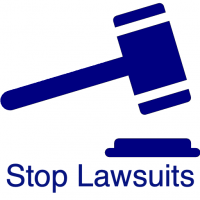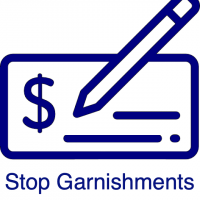How do i file chapter 13?
Filing Chapter 13 Bankruptcy is the process of putting the forms together and taking it to the clerk at your local federal bankruptcy court. Afterwards, the continued bankruptcy is a process where creditors have a chance to be on notice of your filing and object if they have any issues with the filing. The debtor has a number of duties to receive the ultimate goal: a restructuring of debt and a bankruptcy discharge.
Step 1: preparing the petition, schedules, and Chapter 13 plan. The first step to filing a Chapter 13 is to fill out the forms. The usually Chapter 13 case consists of (1) the voluntary petition, which. sets out your basic information and claim for Chapter 13 relief; (2) a list of schedules that goes over your financial affairs, your assets, exemptions, debts, income, and expenses; and (3) your Chapter 13 plan. The Chapter 13 plan proposes how you will pay your secured and unsecured creditors over the course of 3 or 5 years
Step 2: filing Chapter 13 Bankruptcy paperwork. You will take your prepared forms to the nearest bankruptcy court to file. If you are in Elizabethton, Johnson City, Kingsport or surrounding areas in Northeast Tennessee, the bankruptcy court clerk is located in Greeneville. Once your forms are taken to the court, the court will put your scheduled creditors on notice of your filing and set a Section 341 hearing.
Step 3: debtors duties during the open Chapter 13. There are a number of duties the debtor must satisfy: (1) serve the appropriate secured creditors and affected unsecured creditors and copy of the Chapter 13 plan; (2) provide the Chapter 13 trustee with statutorily required documents such as tax returns, domestic support obligation forms, and pay information; (3) attend a hearing where the debtor will be questioned by the trustee and creditors; and (4) make all the proposed payments under the Chapter 13 plan.
Step 4: fulfill your ongoing Chapter 13 duties. The Chapter 13 plan will be 3 or 5 years long. During this time, the debtor has ongoing duties to keep the forms up to date with any changes regarding assets, income, and expenses. Additionally, the debtor must continue making the proposed payments to the Chapter 13 trustee. Finally, each year the debtor must continue to file his tax returns and submit a copy to the trustee for review.
Step 5: obtain the discharge. So long as your plan was confirmed at step 3 and your ongoing duties fulfilled at step 4, you will be granted a discharge after your plan ends. The discharge relieves you of any personal liability on the debts you had prior to the filing of your bankruptcy.
The Chapter 13 bankruptcy is an ongoing process and can be difficult to stay up to date with. There are notices from creditors and trustees that must be acknowledge during the 3 to 5 year process. It is generally advised to seek help from an attorney. If you are in Elizabethton, Johnson City, Kingsport or surrounding areas in Tennessee and need assistance from an affordable lawyer regarding filing a Chapter 13 bankruptcy, let me know.
Call or click for a free consultation with an attorney to help explain the process to file a Chapter 13 Bankruptcy.








